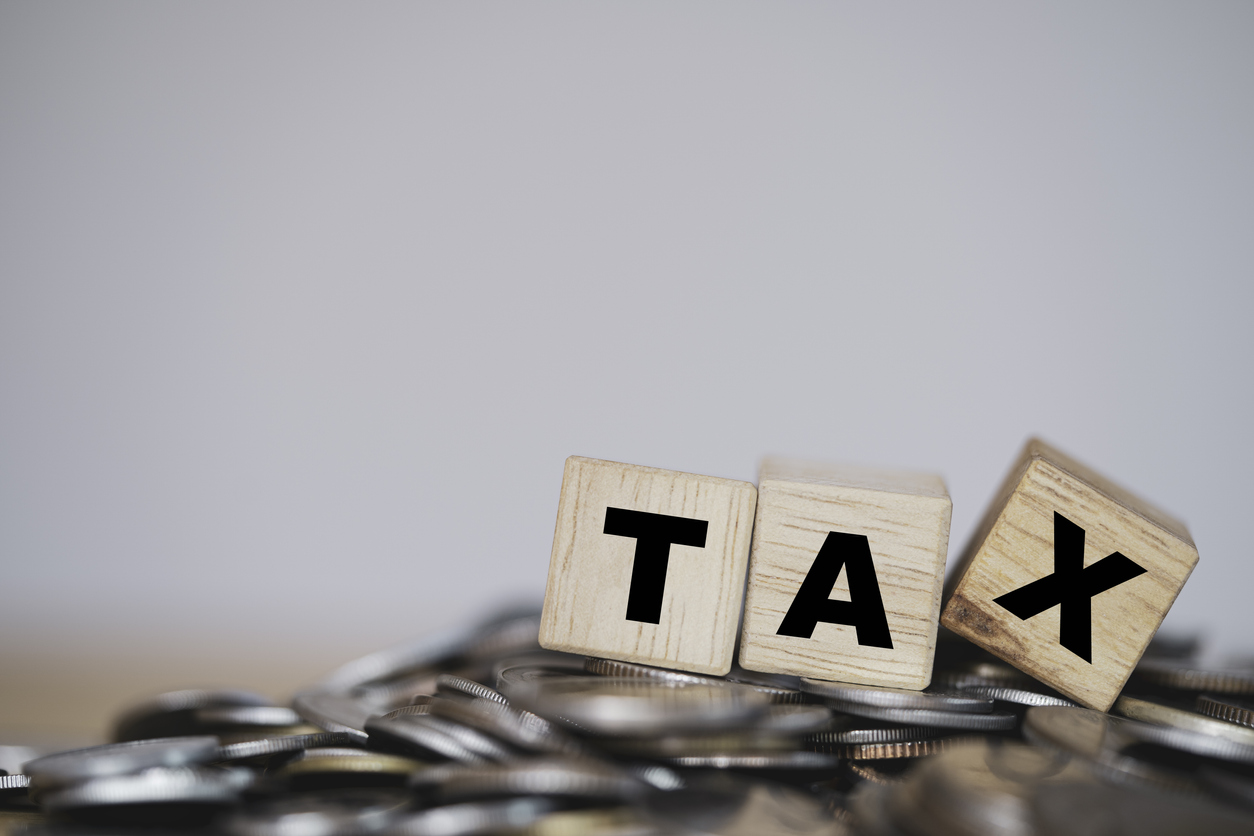The Federal Court’s decision in Merck & Co. v. Apotex Inc. [2013] F.C.J. No. 840, has shed a novel light on to how damages for patent infringement are to be calculated.
Previously, in its decision in Monsanto Canada Inc. v. Schmeiser [2004] S.C.J. No. 29, the Supreme Court ruled that in an accounting of profits of a patent infringement, a “differential profits” approach is to be taken. Under this approach, the court will assess the profits to be disgorged as the difference between the actual profits made by the infringing defendant and the profits the defendant could have made using the best available non-infringing alternative (NIA) product or process. This approach has been followed in a number of subsequent accounting of profits cases, and it was believed that a similar approach would be applied in quantifying patent infringement damages. But the decision in Merck comprehensively rejected this methodology as it applies to damages.
The case involved Apotex’s infringement of Merck’s process for producing its anti-cholesterol drug lovastatin. Apotex developed two processes for making it, one which was infringing and the other which was non-infringing. Both processes were used by Apotex’s Chinese joint venture to manufacture Apotex’s version of lovastatin; the non-infringing process being more costly than the infringing method. Ultimately, approximately 60 percent of Apotex’s sales from March 1997 to the expiry of the patent in 2001 were comprised of the product made with the infringing process.
The parties resolved a number of issues before the damages stage of the bifurcated trial, and much of the dispute eventually boiled down to the key question of whether Apotex should be able to raise the defence that it had available to it a non-infringing alternative, and that as a consequence, any sales of the infringing lovastatin represented sales that Apotex would have made even if it had not infringed. If so, then damages would have been minimal.
Justice Judith Snider dealt with this issue at some length. The key findings were:
- Based on a “common sense view of causation,” Apotex’s infringement of the patent is what caused Merck to lose sales and profits. It matters not what Apotex could have done, only what it did do.
- The logic of the Supreme Court’s decision in Schmeiser, an accounting of profits case, is inapplicable to a damages award. The accounting of profits remedy focuses on the benefit received by the plaintiff; this benefit is assessed based on the differential impact of the infringement on the plaintiff’s profits. A damages award looks at what the defendant could have done absent the actual actions of the plaintiff.
- The case law from the United Kingdom, dating back to the 19th century, has long held that the availability of non-infringing alternatives is not relevant in quantifying patent infringement damages.
- While it is true that U.S. law recognizes the importance of considering a non-infringing alternative, the statutory regime dealing with patent damages in the United States (including the possibility of treble damages) is dissimilar from the legislation in both Canada and the U.K.
Perhaps most significantly, Justice Snider noted that allowing the defendant to claim that, in retrospect, it could have used a non-infringing alternative, makes the threat of litigation less significant to the defendant: “There are also compelling policy reasons why Apotex’s arguments in favour of the NIA defence should not be considered. The argument advanced in this case would result in an inadequate compensation for injured plaintiffs and the infringer escaping responsibility for its infringement. The submission of the Defendants is, quite simply, that ‘I would have harmed you just as much even if I had not infringed!’”
This is a point that has been raised by a number of critics of the U.S. law as well. Acceptance of the non-infringing alternative argument creates a scenario whereby the defendant is placed in a “no-lose” situation. If it succeeds in the litigation, it gains the increased profits earned through use of the more efficient, less costly technology; if it loses, it can pretend the whole infringement never happened. There is no disincentive to not infringe.
While other damages cases with different facts may warrant a different approach to that adopted by Justice Snider, the effect of this ruling may be significant. Plaintiffs have often viewed the accounting of profits remedy favourably for a number of reasons.
Electing an accounting of profits allows the plaintiff to avoid disclosing the type of significant operational and financial information that would be necessary for detailing a claim for damages. In addition, an accounting of profits places the onus on the defendant, once the plaintiff has quantified the defendant’s revenues, to prove and justify any expenses it wishes to deduct in quantifying its profits.
Finally, the profits of the defendant will often exceed those that the plaintiff could potentially have achieved, particularly if the defendant is significantly larger than the plaintiff. Now, however, plaintiffs will need to weigh these considerations against the fact that while the accounting of profits remedy will focus heavily on the existence of a non-infringing alternative, potentially reducing awards significantly, a damages award will be assessed in a very different manner.
By Ephraim Stulberg. Published in The Lawyers Weekly on November 22, 2013.
The statements or comments contained within this article are based on the author’s own knowledge and experience and do not necessarily represent those of the firm, other partners, our clients, or other business partners.



































